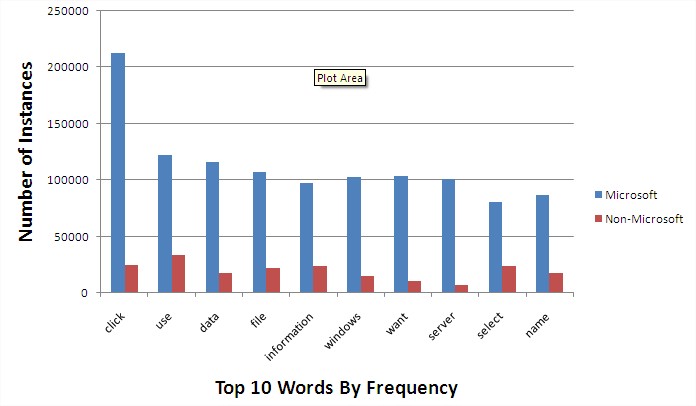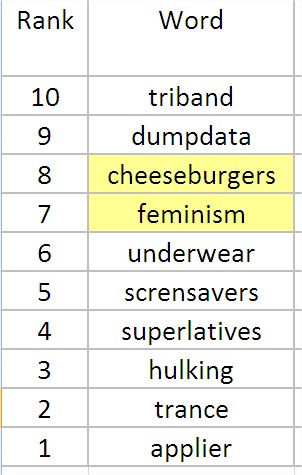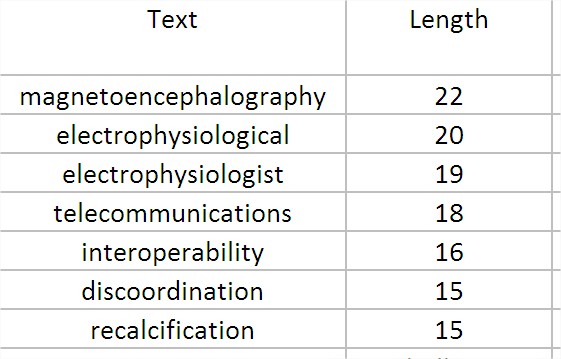(Originally published in the Moravia blog)
Global Brands Will Turn to Single-Sourced Language Solutions
Our friends at localization industry think tank Common Sense Advisory recently posted a question to their blog: “Can LSPs Become the Exclusive Language Service Vendor for Their Clients?” From their own research, the answer was, paraphrased, “It’s a long shot.” Just 15 percent of the enterprises that they studied chose a single-source solution to their translation and localization needs. But the characteristics of who that minority group of brands were is important to note.
- They are well-experienced buyers of language services.
- They need suppliers that continue to prioritize innovation, drive, and scalability in their services provision.
- They require vendors that can deliver comprehensive, multilingual, and round-the-clock services to meet their diverse demands.
As the localization industry reaches maturity, top companies feel comfortable abandoning multivendor strategies as a way to protect themselves from insolvency or performance risks. Moreover, they understand — as the CSA report underscores — that managing multiple vendors entails a lot of internal investment in staff and processes, which is entirely contrary to corporate goals that seek to reduce the costs of too much infrastructure and personnel.
So not only can we expect to see more global companies turning to single-sourcing in 2015, we can expect more vendors to follow the lead of companies like Moravia, Welocalize, and Lionbridge by investing in the “program-based not project-based” model that moves strong SLAs and KPIs to the fore.
For Better and Worse, Smartling Will Disrupt Business as Usual
It’s not every day that a translation company excites so much interest beyond the borders of industry conferences, but five-year-old, New-York-based Smartling is doing just that. Smartling is a cloud-based SaaS workflow solution for processing and delivering multilingual content, combining machine and human translation. With more than $65 million USD already raised, according to ZDnet, Smartling is the company every language services provider will have to deal with in 2015 in one way or another.
The Good
Smartling is spending a lot of OPM (Other People’s Money) to promote translation in areas that our industry has never ventured before (such as underwriting National Public Radio’s Marketplace in all of the major U.S. markets) and speaking at events for VCs and technology startups.
The Bad
The Bad
All that glitters is not gold, goes the saying, and it’s relevant to Smartling, too. Despite their claim to the contrary, proxy-based translation systems are not innovative. Those have been around for a while, catering mostly to less mature and inexperienced localization service buyers, especially new brands in the mobile space like Uber and GoPro. It is definitely not an enterprise solution.
The Ugly
The Ugly
Smartling’s revenue model is not scalable and seems to be suffering from constant “improvement.” Like many startups that start with free or freemium models, it has not yet settled on the most profitable revenue structure. I predict that Smartling will have to start increasing their subscription price or their pass-through per-word fees. It is unlikely that either choice will be enough to make the company’s financial model viable for the long haul.
Strong-Performing Multinationals Will Push Multilingual Supplier Demands
I have been on the record for years as saying that how the localization industry performs is a key indicator of economic performance. Take a look at Fortune Magazine's “2015 Investor’s Guide: Don’t buy this, buy that — Foreign Markets.” It affirms my sense that demand for the localization industry will be strong by recommending that investors buy into European multinationals and the growth of so-called frontier markets. Add to that the established technology stalwarts like Oracle, Apple, RedHat, Google, and Microsoft as well as Common Sense Advisory’s own predictions on global language services demand and we have all the signs for a strong growth year.
These are our bets for 2015, but let us hear from you. Add your own perspective on the 2015 forecast in the comments section below.





